HOW MATHEMATICAL CONCEPTS & GEOMETRY/TRIGONOMETRY ORIGINATED FROM THE CIRCLE.
Link to the Book: The Gregorian Universal System and Units of Measurement System (GUSUMS): The Art of Mathematics
Donation Link: Click Here to Donate, Keep the Website running, and support the research. $1 can make a huge difference.
In
my previous posts. I have demonstrated how ancient civilizations could
draw circles using mathematical apparatus and readily available tools. Thus, they could draw the circle, the seed of life,
the fruit of life, the tree of life, and other sacred geometrical shapes beyond
the three. This page is dedicated to showing how and why the circle is the
basis of the basic mathematical concepts, geometry, and trigonometry.
The Seed of Life
The above image
shows the basic version of the seed of life. This above image is of great
significance as is the foundation of geometry and trigonometry. The following
illustrations show why this simple shape is the foundation of all we know
about mathematics and metrology.
The Circle
The first
significance of the seed of life is that it was the first perfect shape or
geometrical shape that could be drawn even thousands of years ago.
The circle: The
Gregorian Universal Systems & Units of Measurements System (GUSUMS) argues
that the circle is the basis and origin of metrology and mathematics as it was
the first perfect shape that could be drawn by any civilization. Thus, with
just a rope and 2 sticks, or just a stick as explained in the origin of
metrology the circle was discovered and it is from this that all other
geometrical shapes can be created.
Radius, Diameter, Linear
Measurements, Distance, & First System & Units of Measurements.
With the circle or
the seed of life, the concept of the radius of a circle was discovered as each of
the leaf-like shapes is equal and thus each one is half the full length of the distance across the circle. This is even more important as it was the basis
of;
1. Linear
measurements: Linear measurements refer to the measure of the gap between two
straight points or points on the same axis. Thus, with the seed of life ancient
civilizations were able to connect 2 or more points.
2. Distance:
With a line it was possible to measure the length of space between two points
which is the distance.
3. Units
of Measurements & Values: Note that this did not even require mathematical
descriptions or knowledge of numbers as it could be expressed as half of something
even in sign language or in relation to objects. For example, half a foot, palm,
stick, finger, etc. That is why GUSUMS on the origins of length states that the foot
is not a measure of an object but a ratio. Thus, it was this comparison of
properties of objects in relation to others that resulted in the formation of
measurement systems. This is why ideally, 1 inch should be equal to 2.5cm and
not 2.54cm.
4. Diameter:
The distance across any of the corresponding 2 points of the circle resulted in
the creation of the diameter as shown below. Thus, the diameter could be
expressed in relation to the radius without numbers. For example, the diameter
could be expressed as a full stick, palm, finger, foot, etc. if the radius was
half a stick, foot, palm, finger, etc. This further confirms that the units of
measurement were based on ratios and not materials. As GUSUMS suggests, the
ratio should not be ‘made up’ figures based on objects but constant values that
can perfectly divide the circle.
Circular Measurements
& the First Concept of Pi
1.
Circular
Measurements: GUSUMS in the origins of distance
measurements defines circular measurements as the measures of curves and
circular values. Before ancient civilizations could understand, invent, or
improve number measurements, they relied on how objects relate to each other to
describe distance as explained above. Based on this, we can assume that the
first diameter of the first circle was either 1 foot, arm, palm, feet, leg,
body, stick, tree, rope, etc. Thus, in measuring the circumference of the first
circle, they could have used a rope that goes around a circle to measure the
circumference of the circle and relate it to the ratio of its diameter or radius.
This means, that assuming the Diameter of the first circle was 1 palm, foot,
stick, rope, or body length, then the circumference of the circle would be the
number of palms, feet, sticks, ropes, or body length that covered the entirety
of its circumference. Thus, this was the basis of the first circular measurements
and its value.
2.
Origins
of Pi: So what is the circumference of a circle
with a diameter of 1? The answer is PI!!!
The above shows
that the radius of any circle with a diameter of one will always have a
circumference that is pi times that particular unit. As simple and as
obvious as this explanation might seem it can immensely influence our current
units of measurement based on the following implications:
I.
It disagrees with Archimedes
on the value of pi as Archimedes stated that the value of pi varies in the ratio
of 223/71 < π < 22/7 or with
an average ratio of 3.1418, GUSUMS or the GUSUMS pi on the earth hand, states
that pi is a constant.
II.
This means that by using Archimedes Pi our current calculations are
wrong. This means that we do not have the correct values of the orbits,
diameters, radius, circumferences, area, aphelion, orbital days, perihelion,
distance from the sun, orbital days, rotational days, etc. of all the planetary
objects. As proof of this, GUSUMS has provided images and a table of the origin
of pi as evidence of the pi being a constant.
III.
This means that the exact
value of pi I is 22/7 or 3.142857142857142857….and cannot have any other value.
Direction
The
Cambridge Dictionary defines directions as the position towards which someone
or something moves or faces:. From the circle, it was possible to describe direction
based on the center of the circle. For example, point E is below A or point D is above A. This is
the foundation of compass points direction and navigation. I have enhanced the
visualization of these concepts by adding the additional midpoints in which the
circles intersect in the seed of life to show the exact compass points that we
use today as shown below.
Axis of the
Circles: The above image is also where the concept of the axis originated from.
The original axes are X, Y, and occasionally the Z axis. However, we can still
Improve on this by adding additional axes using the compass points as a basis.
The image below shows the 3 basic axes as they could be created by just using
the seed of life.
ORIGINS OF BASIC
GEOMETRICAL SHAPES
Geometry and geometric shapes originated by joining points of the circle in which 2 or
more circles intersect. I have added additional measurements to show
that this could be done with the highest level of accuracy.
Triangles
1.
Equilateral
Triangles: All sides are equal and all angles are also equal or 360 degrees
1.
Right
Angle Tringles: One of the sides is 90 degrees.
1.
Scalene
Triangles: All angles and sides are not
equal.
1.
Acute
Triangles: All angles are less than 90 degrees.
1.
Obtuse
Triangle: One angle is more than 90 degrees
1.
Isosceles
Triangles: Two of the angles are equal.
·
Obtuse
Triangle: One angle is more than 90 degrees.
Quadrilaterals
Rectangle: All angles are 90 degrees and opposite
sides are equal.
Parallelogram: All sides are equal, opposite angles
are equal
Trapezium
Other Shapes
Hexagon
3D SHAPES
Cube: All sides and angles are equal or squares
Tetrahedron/Pyramid
The Concepts of
Mathematical Operations
Another
significance of the Seed of Life is that it introduced humanity to concepts of
mathematical operations such as divisions and additions.
Addition: Adding 6
circles from the original circle created the seed of life.
Division: By
adding additional circles, humans were able to divide the circle perfectly into
6 equal parts as shown below.
More concepts of
the above is explained in the origins of metrology
Concepts
of Rotation & Revolution
Rotation: By going
to one end of the circle and drawing additional circles was the origin of the
concept of rotation.
1. Initial
circle
Rotations of the circles
Revolution: From
the rotation of the circles, continuing with the same steps of going to where
two or more circles intersect and drawing additional circles until another
circle perfectly rotates or revolves around the first circle without actually
touching it or interfering with it was the origin of revolution. A complete Revolution
is depicted below.
Link to the Book: The Gregorian Universal System and Units of Measurement System (GUSUMS): The Art of Mathematics
Donation Link: Click Here to Donate, Keep the Website running, and support the research. $1 can make a huge difference.
Mathematical innovations have always relied on the generosity of those who believe in pushing the boundaries of knowledge. GUSUMS does not currently receive any support and relies on out-of-pocket spending to ensure that this research remains freely accessible to everyone. The organization (Isaac Gregory Odhiambo-UEI- E5UCPMVYRA78) is a non-profit organization that seeks YOUR support to sustain its efforts and enhance its efforts thus seek. By donating to GUSUMS, you become a part of a movement dedicated to exploring the profound relationships between mathematics, geometry, and the universe. Click the link below to donate

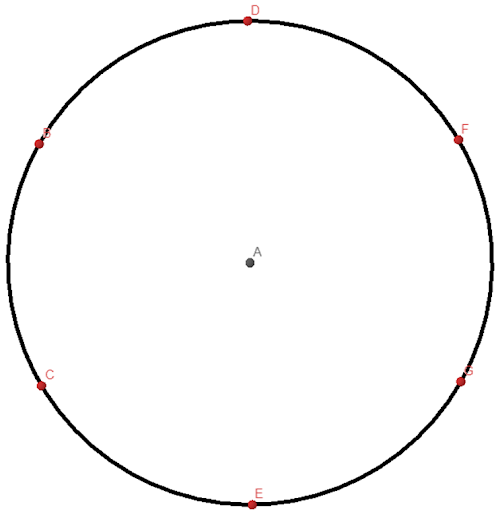

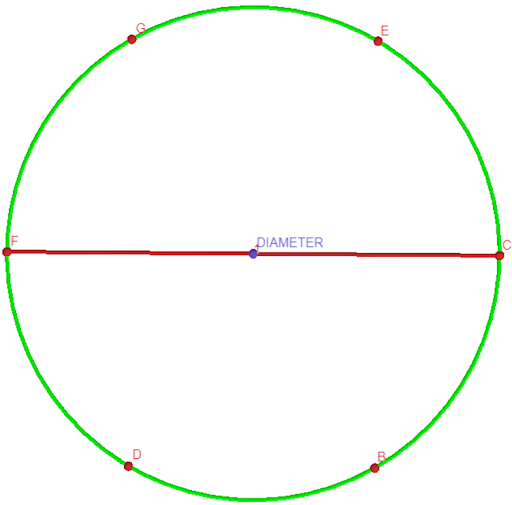


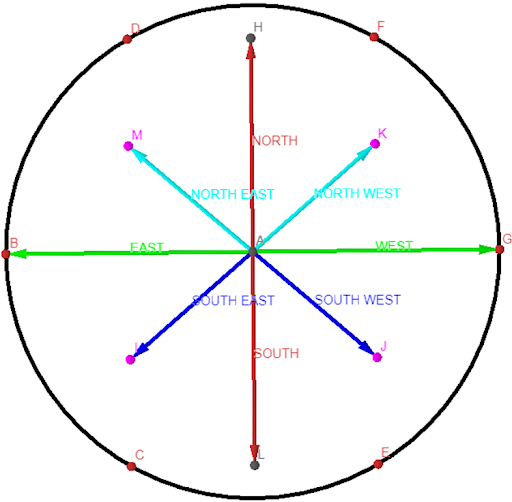









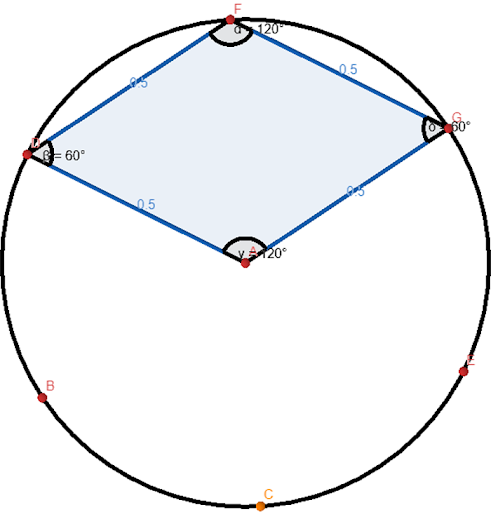
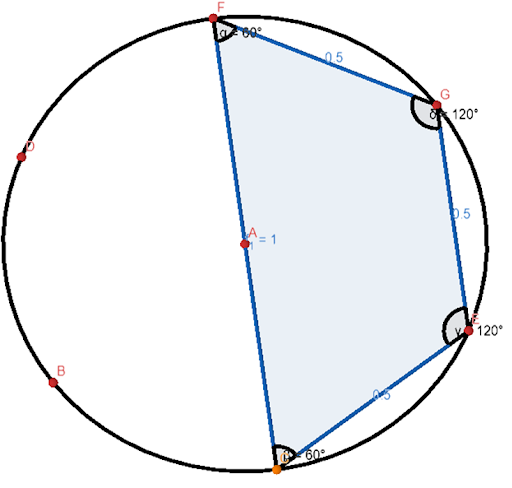












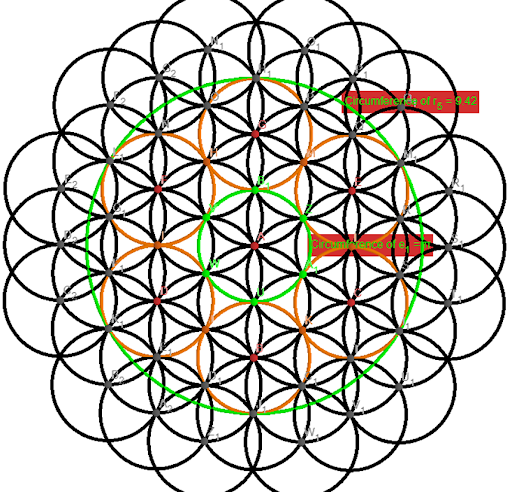
No comments:
Post a Comment